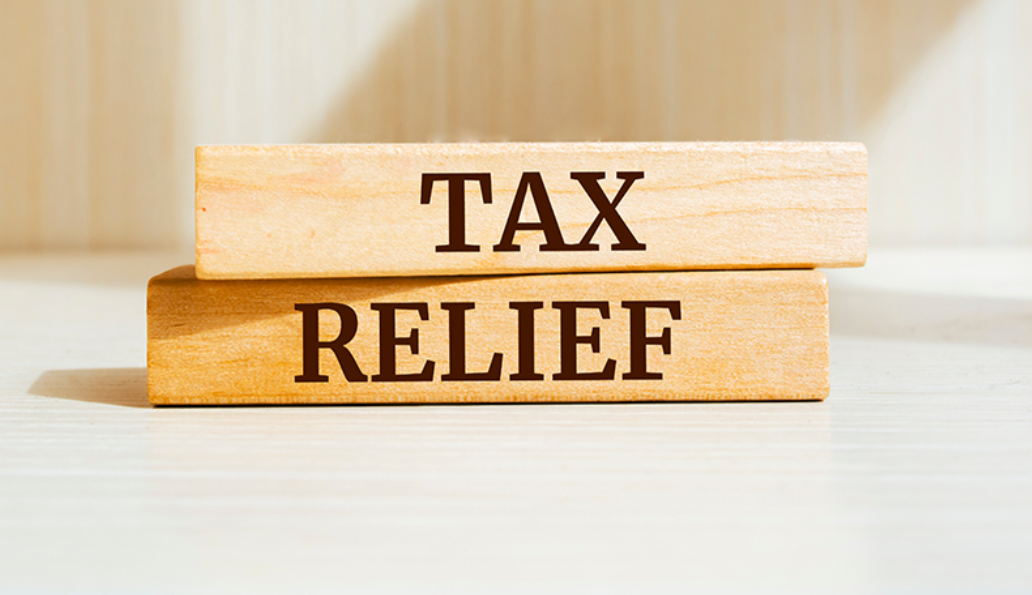Are you navigating the world of pensions and feeling a bit lost? You’re not alone. As retirement approaches, understanding your options becomes crucial, especially when it comes to defined contribution pension plans. These plans can significantly impact your financial future, but what exactly do they entail? If you’ve ever wondered about the ins and outs of a previous defined contribution pension or how managing previous pensions can benefit your overall retirement strategy, you’re in the right place.
In this post, we’ll break down everything you need to know about defined contribution pensions—examples included—and provide tips for maximizing your retirement savings effectively.
Let’s dive in!
Understanding Defined Contribution Pension Plans
Defined contribution pension plans are a popular retirement savings option. Unlike defined benefit plans, where your employer guarantees a specific payout at retirement, the amount you receive from a defined contribution plan depends on contributions and investment performance.
In these plans, both employees and employers can contribute funds over time. This creates an individual account for each participant. Typically, the employee decides how much to contribute and often has options regarding investment choices within the plan.
The risk associated with market fluctuations lies primarily with the employee. As investments grow or decline in value, so does your potential retirement income. Understanding this dynamic is essential for making informed decisions about your future financial security.
These plans promote personal responsibility for retirement planning. They encourage individuals to actively engage with their savings strategy rather than relying solely on employer guarantees.
Examples of Defined Contribution Pension Plans
Defined contribution pension plans come in various forms, each tailored to meet different needs. One common example is the 401(k) plan. This employer-sponsored scheme allows employees to contribute a portion of their salary before taxes are deducted. Many employers also offer matching contributions, which can significantly boost retirement savings.
Another popular option is the Individual Retirement Account (IRA). Unlike 401(k)s, IRAs are typically opened by individuals and can be funded with various investment types. There are traditional IRAs that provide tax deductions during contributions and Roth IRAs that allow for tax-free withdrawals in retirement.
Public sector workers often benefit from defined contribution plans like the Thrift Savings Plan (TSP), providing similar features as a 401(k) but designed specifically for government employees. Each type plays a crucial role in helping individuals build their defined contribution retirement savings effectively.
Advantages and Disadvantages of Defined Contribution Pensions
Defined contribution pensions offer flexibility. You can choose how much to contribute, tailoring savings to your financial situation. Plus, many employers match contributions up to a certain percentage, giving you a boost.
However, the investment risk falls on you. Market fluctuations can impact your retirement funds significantly. If you’re not financially savvy or don’t track investments closely, it may lead to inadequate savings.
Another point is that defined contribution pensions often lack guaranteed payouts compared to traditional pensions. This uncertainty might cause anxiety for those looking for stable income during retirement.
On the bright side, these plans are typically portable. If you change jobs, transferring previous pension funds into new accounts is usually straightforward with proper guidance and pension transfer advice.
Understanding both sides helps in making informed decisions about managing previous pensions effectively and maximizing future gains in defined contribution retirement savings.
How to Determine if a Defined Contribution Pension Plan is Right for You
Deciding if a defined contribution pension plan suits your needs involves several key considerations.
- Start by evaluating your financial goals. What do you envision for retirement?
- Next, assess your risk tolerance. Defined contribution plans often invest in stocks and bonds, which can fluctuate in value. Are you comfortable with potential ups and downs?
- Consider employer contributions as well. Many employers match a percentage of employee contributions, providing an immediate boost to your savings.
- Review fees associated with the plan too; high fees can eat into your returns over time.
- Think about flexibility. Do you want options for transferring previous pension funds or adjusting investments? A plan that allows adaptability may better serve changing circumstances throughout your career.
- Take the time to research various defined contribution pension plans thoroughly before making a decision that shapes your financial future.
Tips for Maximizing Your Retirement Savings with a Defined Contribution Pension Plan
To maximize your retirement savings with a defined contribution pension plan, start by contributing enough to receive any employer match. This is essentially free money and can significantly boost your retirement fund.
Next, consider increasing your contributions gradually. Even small increments can lead to substantial growth over time due to compound interest.
Diversify your investment options within the plan. This strategy helps spread risk and may enhance returns over the long term.
Regularly review and adjust your asset allocation based on market performance and personal circumstances. Staying informed about changes in investment options can also be beneficial.
Seek professional advice from Money Maximising Advisors when needed. They can provide tailored strategies that align with your financial goals for a more secure future
Conclusion
Navigating the landscape of defined contribution pension plans can be complex, but understanding their structure is a valuable step towards securing your financial future. With various examples available—from 401(k)s in the United States to workplace pensions in other countries—it’s essential to explore how these plans work and what they offer.
Determining whether a defined contribution pension plan suits your needs involves assessing your financial goals, risk tolerance, and retirement timeline. Consulting with Money Maximising Advisors can provide tailored advice that meets your unique situation.
Maximizing retirement savings requires proactive management of previous pensions and thoughtful investment strategies within your current plan. By staying informed about contributions, employer matches, and investment options, you can effectively grow your Defined Contribution Retirement Savings over time.
Talk to us at +353 91 393 125
Mail us at office@mmadvisors.ie
Visit our office at Unit 3, Office 6, Liosban Business Park, Tuam Rd, Galway, Ireland




